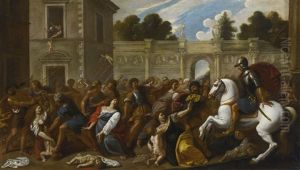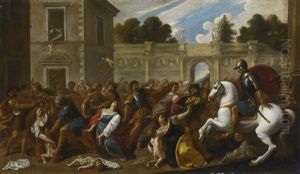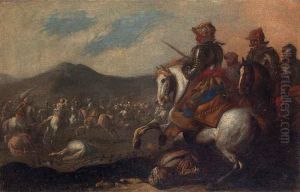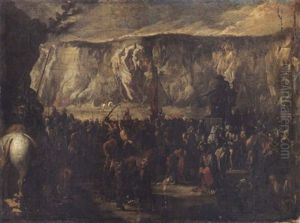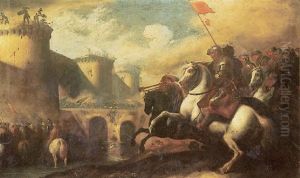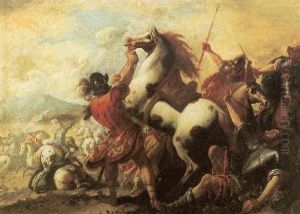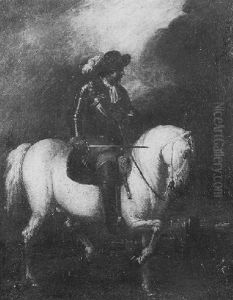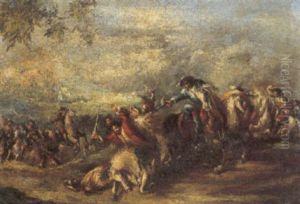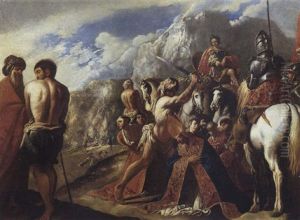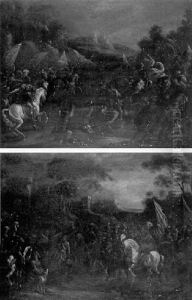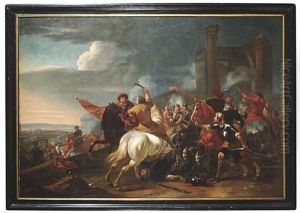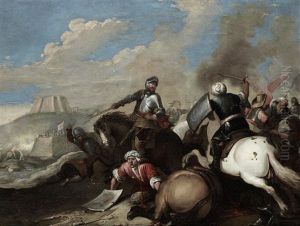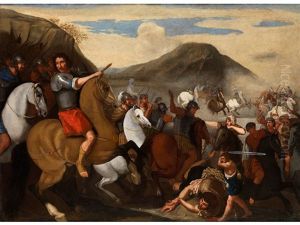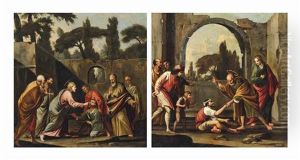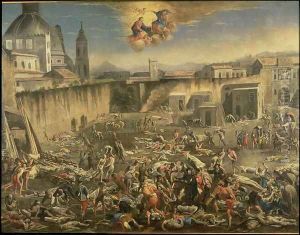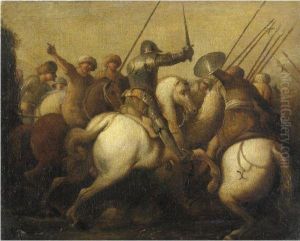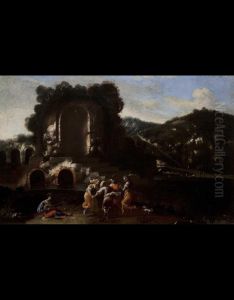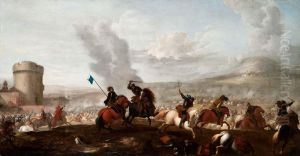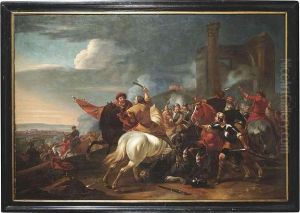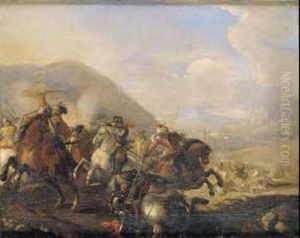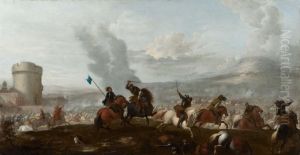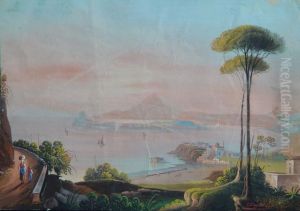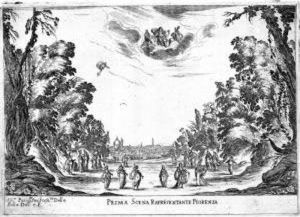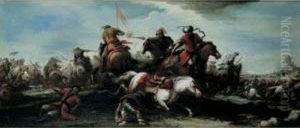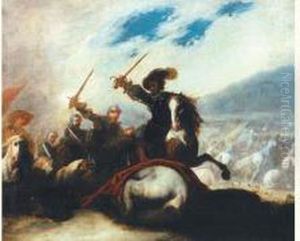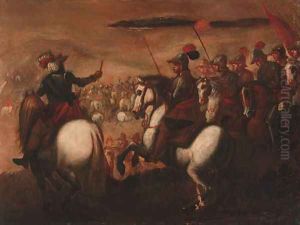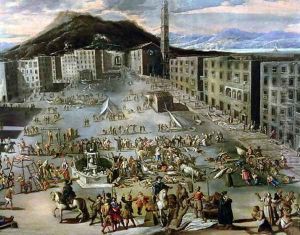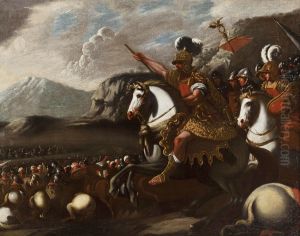Carlo Coppola Paintings
Carlo Coppola was an Italian painter of the Baroque period, specializing primarily in battle scenes, a genre that was highly popular among collectors and patrons during the 17th century. Born in 1596 in Naples, Italy, Coppola's work is often associated with the vibrant Neapolitan school of painting, which was known for its dynamic compositions, vivid realism, and dramatic use of light and shadow.
Coppola trained under the guidance of his contemporary, Aniello Falcone, who was also renowned for his battle scenes and had a significant influence on Coppola's development as an artist. Falcone's influence is evident in Coppola's work, particularly in the energetic compositions and meticulous attention to detail in depicting soldiers, horses, and the chaos of battle.
Throughout his career, Carlo Coppola was celebrated for his ability to convey movement and emotion in his scenes, a skill that made his paintings highly sought after. His works were not only appreciated in Italy but also gained recognition beyond its borders. Coppola's battle scenes are characterized by a keen observation of military life and an expert rendering of diverse landscapes, from the bustling cities to the serene countryside, serving as a backdrop to the tumultuous events he portrayed.
Despite his focus on battle scenes, Coppola also produced landscapes and genre scenes, showcasing his versatility as an artist. His landscapes, in particular, are noted for their peaceful contrast to the violence of his battle scenes, revealing a different aspect of his artistic talent.
Coppola's contribution to the Baroque period extends beyond his paintings. He influenced a number of artists in Naples and beyond, helping to perpetuate the popularity of battle scenes in Baroque art. His works are preserved in various museums and collections around the world, allowing contemporary audiences to appreciate his mastery of the genre.
Carlo Coppola died in 1656 in Naples, leaving behind a legacy as one of the leading battle scene painters of his time. His work remains an important part of the study of Baroque art, reflecting the tumultuous era in which he lived and the artistic creativity that flourished in Naples during the 17th century.
